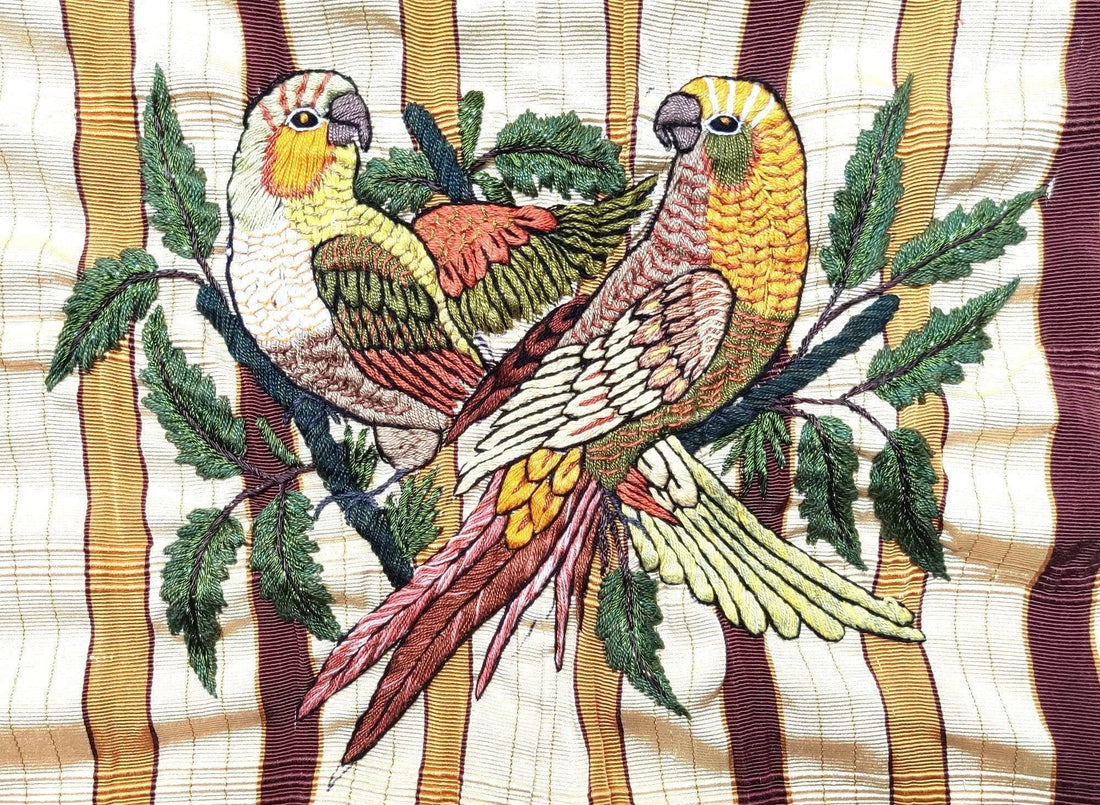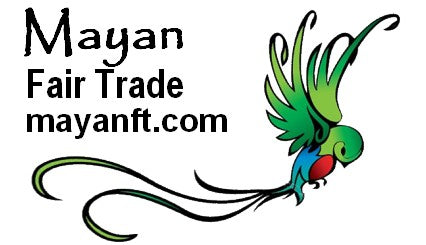
Discovering the Vibrant World of Guatemalan Typical Clothing and Fair Trade Treasures
Share
Vivid colors, intricate patterns, and a sense of deep tradition—Guatemalan typical clothing is more than just apparel; it’s a living history. Whether you’re curious about authentic artisanal products, searching for ethical purchases, or hoping to connect with the culture, exploring Guatemalan goods opens a colorful window to a world where heritage and fair trade meet.
The Rich Heritage of Guatemalan Typical Clothing
Guatemalan typical clothing, known locally as traje típico, showcases the rich mosaic of indigenous heritage. Every piece has a story, reflecting centuries-old weaving techniques and symbolic designs unique to each village. This clothing preserves identity and pride, as each community’s patterns and colors tell where they come from, who they are, and even their marital or social status.
- Handwoven huipiles (blouses) boast motifs of birds, animals, and nature.
- Cortes (skirts) display distinctive stripes, checks, or geometric shapes.
- Belts (fajas) and shawls (rebozos) add both function and flair.
Wearing these garments isn’t just about style—it’s about supporting a tradition passed down through generations, often by women artisans teaching their children intricate methods. This makes every item of Guatemalan typical clothing an heirloom, carrying the voices and skills of ancestors.
Authenticity and Artisanship: What Sets Guatemalan Products Apart
One glance at Guatemalan textiles, and it’s clear they are handmade with exceptional care. Many artisans use backstrap looms, an ancient tool requiring patience and artistry. Each region boasts its own style: Santiago Atitlán’s deep blues, Nebaj’s vivid reds, and Chichicastenango’s rainbow hues.
What truly sets these products apart are:
- Handcrafted processes, with natural dyes made from plants and minerals.
- Authenticity rooted in family workshops and local cooperatives.
- Unique goods—no two pieces are identical, as each artisan adds a personal touch.
Guatemalan typical clothing and products transcend fleeting fashion trends. Owning one is a way to invest in culture, ensure artisans are compensated fairly, and bring a handcrafted masterpiece into your daily life.
The Importance of Fair Trade for Guatemalan Artisans
While Guatemala’s textiles dazzle the world with their beauty, mass-market imitations sometimes threaten artisans’ livelihoods. Fair trade practices bridge that gap, ensuring artisans receive fair compensation and work in safe environments.
How Fair Trade Supports Communities
Fair trade isn’t just about wages. It’s about revitalizing communities, empowering women, preserving eco-friendly traditions, and fostering sustainable business. Purchasing fair trade Guatemalan typical clothing helps:
- Fund education and health programs in rural villages.
- Reduce poverty by offering stable income.
- Preserve traditional crafts threatened by industrial production.
By seeking out fair trade certified products, you become part of a positive economic cycle, promoting human dignity far beyond your own closet.
Beyond Textiles: Other Authentic Guatemalan Products
While Guatemalan typical clothing often steals the spotlight, the country’s artisans create a range of authentic, fair trade goods that delight the senses.
- Jade Jewelry: Mined in Guatemala since ancient Maya times, jade is expertly carved into earrings, necklaces, and ceremonial pieces, each shimmering with history.
- Hand-painted Ceramics: Plates, mugs, and vases feature bold folk designs and scenes from daily life, bringing Central American charm to your home.
- Worry Dolls: These tiny, hand-stitched figurines offer comfort, rooted in Guatemalan lore that tells children to place them under pillows to take away worries.
- Wood Carvings and Masks: Festive masks and carved figures grace homes, often used in festivals and ceremonies to teach local legends.
Exploring these products offers endless opportunities to support skilled craftspeople and keep treasured traditions alive.
How to Identify Authentic Guatemalan Typical Clothing
As appreciation for Guatemalan typical clothing has grown, so have mass-produced imitations. To ensure you’re purchasing authentic items that truly support artisans, look for these features:
- Handwoven Textures: Real Guatemalan textiles are rarely perfectly uniform; small irregularities add to their charm.
- Natural Dyes: Slight color variation hints at natural, plant-based dyes rather than synthetic ones.
- Local Patterns: Each community has distinct motifs and color palettes—familiarize yourself with regional differences.
- Seller Transparency: Authentic retailers share information about their artisans, processes, and sourcing.
Buying directly from artisan collectives or reputable fair trade shops guarantees your purchase benefits creators, not just resellers.
Styling and Using Guatemalan Typical Clothing Today
Guatemalan typical clothing isn’t just for festivals or cultural ceremonies; it can be a unique addition to daily wardrobes or special occasions.
- Huipiles as Statement Pieces: Pair traditional blouses with jeans or skirts for a contemporary, colorful look.
- Accessories with Meaning: Woven belts and shawls add a touch of heritage to any outfit.
- Home Decor: Table runners, cushion covers, and wall hangings transform spaces with intricate designs.
Wearing and displaying these items lets you celebrate global diversity, spark conversations, and support artisans each time you dress or decorate.
Choosing Fair and Responsible Sources
With growing demand comes responsibility. Ensuring your Guatemalan typical clothing and crafts are sourced ethically requires mindful shopping.
- Look for Fair Trade Certifications: Seals from reputable organizations indicate verified fair labor practices.
- Ask Questions: Inquire about the makers, materials, and production process.
- Support Artisan Cooperatives: Cooperatives empower local communities and maintain high standards.
Ethical purchasing guarantees both product quality and positive impact, making every buy more meaningful.
Caring for Your Guatemalan Textiles
Since Guatemalan typical clothing is handwoven with natural fibers, proper care extends its beauty.
- Gentle Washing: Hand wash with mild detergent in cold water; avoid bleach and tumble drying.
- Sun Protection: Dry out of direct sunlight to preserve vibrant colors.
- Proper Storage: Fold with tissue paper to prevent creasing and damage.
By caring for your textiles, you honor the hard work of those who made them and preserve family treasures for years to come.
Supporting Guatemalan Artisans—Why It Matters
When you invest in authentic Guatemalan typical clothing, you uplift entire communities. The positive effects ripple outward:
- Children receive better education as artisans earn more.
- Local economies thrive, reducing the need for migration.
- Cultural traditions are safeguarded against disappearance.
Your choice fosters a chain of dignity, sustainability, and joy that extends from small villages to your home, creating connections that matter.
Conclusion
Embracing Guatemalan typical clothing means more than adopting a stunning style—it’s an act of cultural preservation and a vote for fair, sustainable commerce. Explore these handcrafted treasures and make a difference, one vibrant piece at a time.
